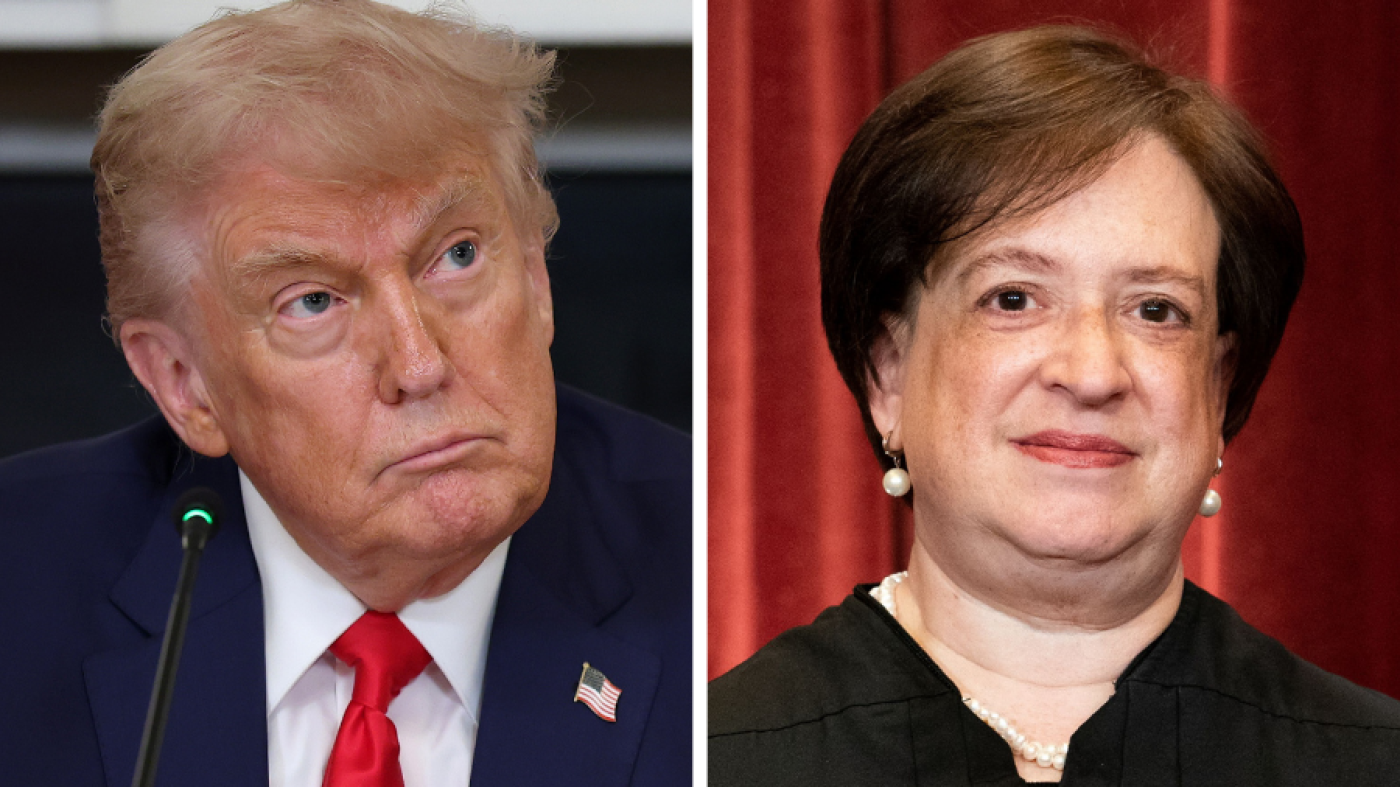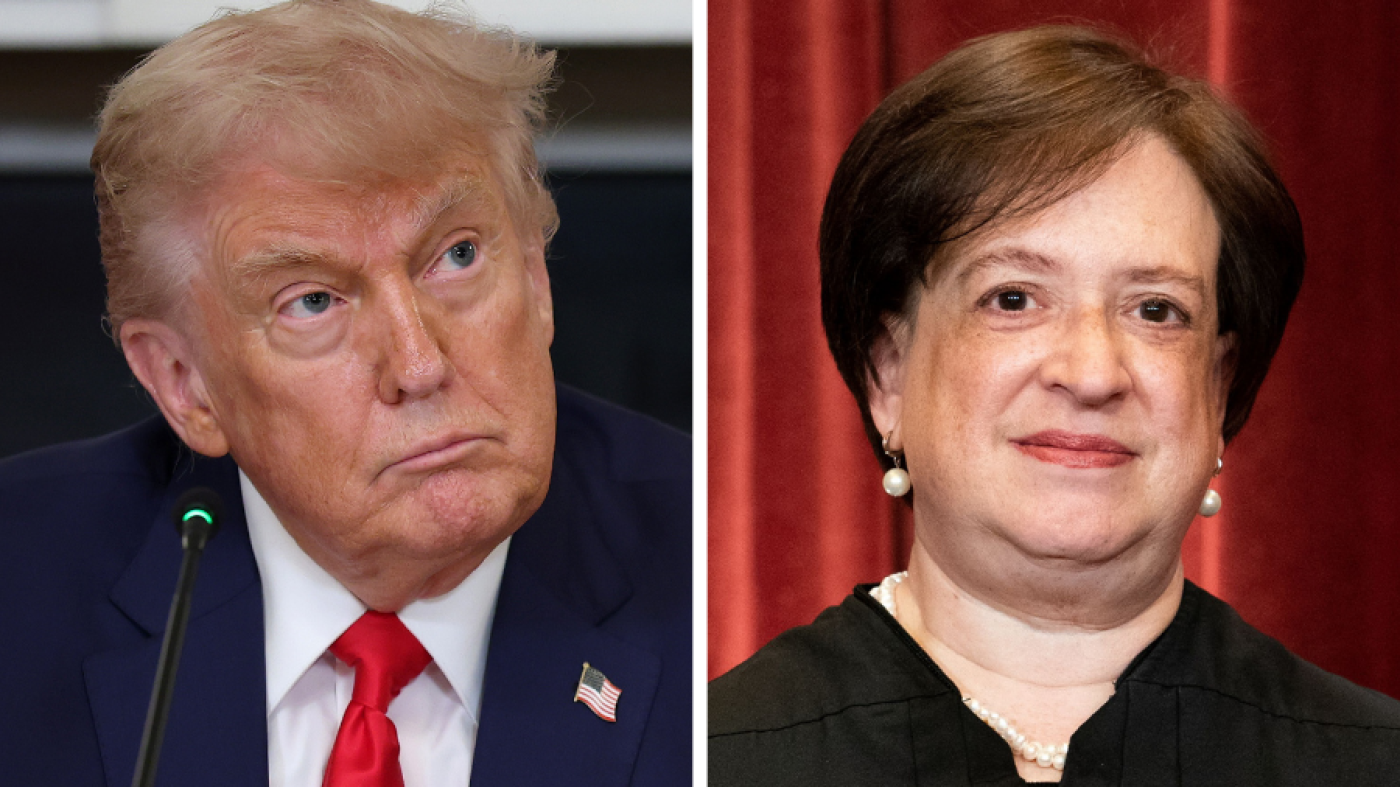The Supreme Court’s decision to lift a lower court order blocking mass federal layoffs under the Trump administration has sent shockwaves through the federal workforce and sparked intense debate about the future of government employment. This ruling, which effectively greenlit the administration’s plans to downsize federal agencies, raises critical questions about executive power, government efficiency, and the rights of public servants. The implications of this decision extend far beyond the immediate impact on federal employees, touching upon broader issues of governance, public service, and the role of the judiciary in checking executive authority.
The Genesis of the Layoffs: Executive Orders and Legal Challenges
The Trump administration’s push for mass layoffs began with a series of executive orders aimed at restructuring the federal government. These orders directed agencies to develop “Reduction in Force and Reorganization Plans,” with the stated goal of eliminating redundancies and improving efficiency. The administration argued that these measures were necessary to reduce government spending and streamline operations. However, the plans were met with immediate resistance from federal employee unions and advocacy groups, who filed lawsuits challenging the legality of the proposed layoffs.
A lower court initially sided with the plaintiffs, issuing an injunction that temporarily blocked the layoffs. The court expressed concerns about whether the administration had followed proper procedures for reducing the federal workforce and questioned the justification for such sweeping cuts. This legal setback prompted the Trump administration to appeal to the Supreme Court, seeking to overturn the lower court’s decision and proceed with its plans.
The Supreme Court’s Ruling: A Victory for Executive Power?
The Supreme Court’s decision to lift the lower court’s injunction was a significant victory for the Trump administration. In an unsigned ruling, the court did not provide a detailed explanation for its decision, leaving legal experts to speculate about its reasoning. Some interpret the ruling as a reaffirmation of the president’s broad authority to manage the federal workforce and implement policy objectives. Others view it as a narrow decision that simply allows the administration to proceed with its plans while the legal challenges continue to be litigated.
The decision was particularly notable because it involved a rare denial of a request by Justice Elena Kagan, who had been assigned to handle the case. Kagan’s decision to deny the administration’s request to stay the lower court order suggests that the Supreme Court may have been divided on the issue. This lack of consensus highlights the contentious nature of the case and the broader debate over executive power and government restructuring.
The Impact on Federal Agencies and Employees
The Supreme Court’s ruling has immediate consequences for federal agencies and their employees. With the injunction lifted, agencies are now free to implement their layoff plans, potentially affecting hundreds of thousands of workers. The Department of Education and other agencies targeted for spending cuts are likely to be among the hardest hit. The prospect of mass layoffs has created a climate of uncertainty and anxiety among federal employees, many of whom fear for their jobs and the stability of their families.
Beyond the personal impact on employees, the layoffs could disrupt the operations of federal agencies and undermine their ability to provide essential services. The loss of experienced personnel could lead to longer wait times, reduced service quality, and increased risks to public health and safety. Critics argue that the layoffs will disproportionately affect minority and female employees, who are overrepresented in the federal workforce, raising concerns about equity and fairness.
Streamlining or Undermining? The Debate over Government Efficiency
Proponents of the layoffs argue that they are necessary to streamline government operations and eliminate waste. They claim that the federal bureaucracy has become bloated and inefficient over time, and that reducing the workforce is essential to cutting costs and improving performance. Some also argue that the private sector is more efficient than the government, and that reducing the size of the federal workforce will encourage more private sector involvement in providing public services.
However, critics contend that the layoffs will undermine the ability of federal agencies to perform their essential functions. They point out that federal employees provide critical services, such as protecting the environment, ensuring food safety, and providing healthcare to veterans. Cutting the workforce, they argue, will lead to longer wait times, reduced service quality, and increased risks to public health and safety. Additionally, they warn that the layoffs could make it more difficult for the government to attract and retain talented employees in the future, further weakening its capacity to serve the public.
A Lingering Uncertainty: The Future of the Federal Workforce
While the Supreme Court’s decision allows the Trump administration to proceed with its layoff plans for now, the legal challenges are far from over. The lower courts will continue to hear arguments about the legality of the administration’s actions, and it is possible that they could ultimately rule against the administration. This means that the future of the federal workforce remains uncertain.
Even if the administration is ultimately successful in implementing its layoff plans, the long-term impact on the federal government is unclear. The loss of experienced personnel could have a significant impact on the ability of federal agencies to perform their essential functions. It could also make it more difficult for the government to attract and retain talented employees in the future, further weakening its capacity to serve the public.
A Turning Point or a Temporary Setback?
The Supreme Court’s decision represents a pivotal moment in the ongoing debate over the size and scope of the federal government. Whether it marks a lasting shift towards a smaller federal workforce or a temporary setback for federal employees remains to be seen. The outcome will depend on a number of factors, including the ongoing legal challenges, the political climate, and the ability of federal agencies to adapt to the changes.
Regardless of the ultimate outcome, the decision has undoubtedly had a profound impact on the lives of federal employees and the future of the federal government. The long-term consequences will ripple through the nation for years to come, shaping the way we think about public service, government efficiency, and the balance of power between the executive branch and the judiciary. As the debate continues, one thing is clear: the Supreme Court’s decision has set the stage for a broader conversation about the role of government in our society and the rights of those who serve it.








